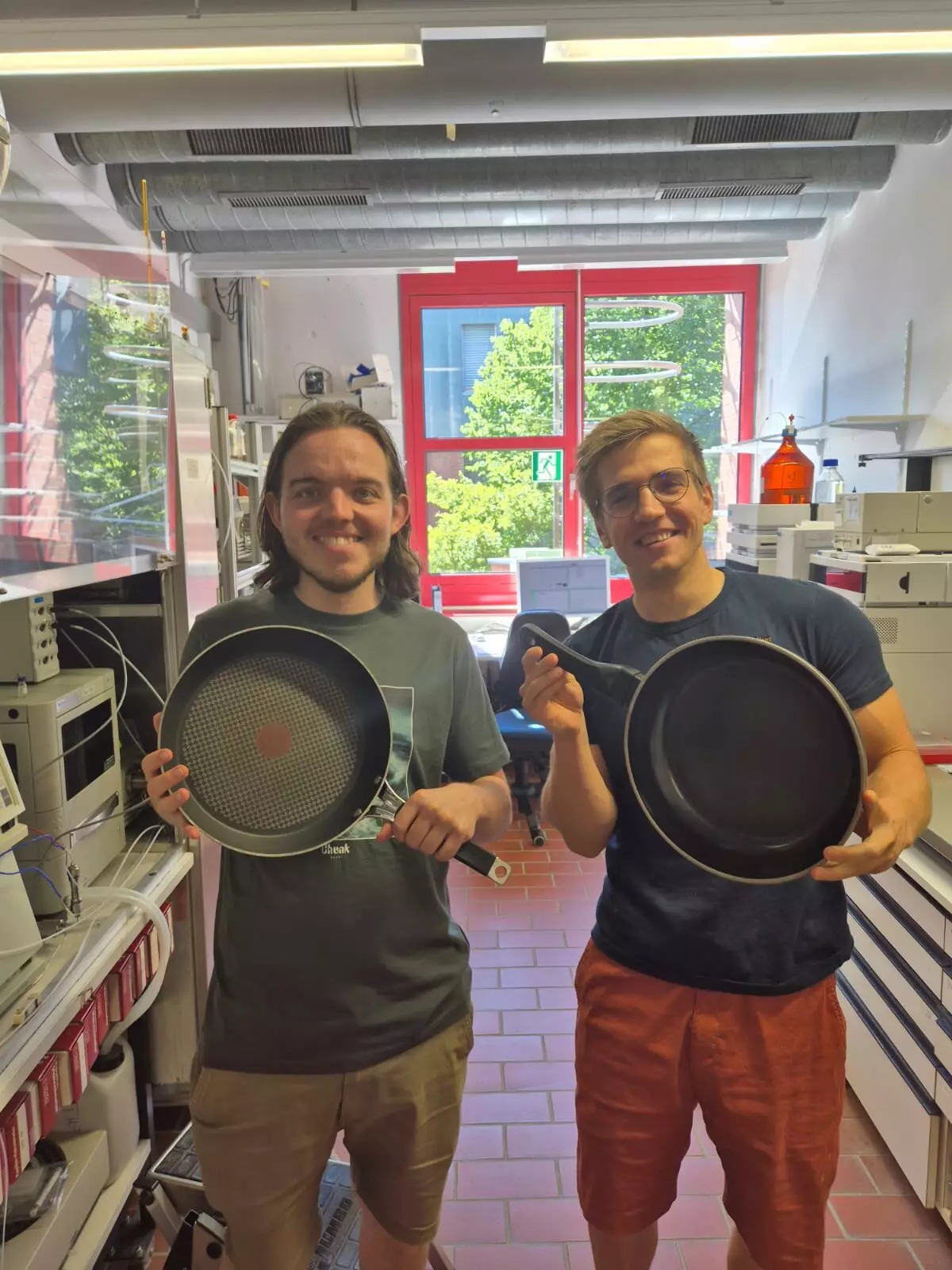In recent years, the spotlight has intensified on the environmental impact of fluorinated compounds, often dismissed as “forever chemicals.” These substances, which include widely used materials such as Teflon, have not only infiltrated our daily lives but have also contaminated ecosystems at an alarming rate. The long-term effects of these chemicals on human health and the environment are increasingly concerning. The very attributes that make them appealing—water repellency and low friction—are also reasons for their persistence in nature. Remarkably, researchers from the University of Bayreuth, working alongside teams from Berlin, have taken significant steps toward mitigating this dilemma by developing a groundbreaking class of fluorinated polymers that degrade at rates vastly superior to traditional options.
Introducing a New Era in Polymer Science
This new class of fluorinated polymers promises a paradigm shift in how we approach the lifecycle of plastics. With the ability to degrade twenty times faster than conventional fluorinated materials, these innovative polymers utilize ester bonds, which facilitate breakdown without sacrificing their functional integrity. This breakthrough not only addresses the immediate problems associated with accumulation but also hints at a sustainable future for plastics. As scientists delve deeper into polymer chemistry, a more comprehensive understanding of these materials’ molecular structures can lead to more effective and environmentally friendly solutions.
Functionality Meets Sustainability
What sets these new polymers apart is their dual functionality—they maintain desirable non-stick properties while also being capable of degradation and recovery. This characteristic redefines the very notion of how we view plastics in a circular economy framework. The research team, led by the eminent Prof. Dr. Alex J. Plajer and Christoph Fornacon-Wood, has illustrated that responsible material design can enhance not only performance but also lifecycle management. The innovative incorporation of ester bonds into polymer designs marks a critical shift, allowing for post-consumer recovery of fluorine—a resource that could become scarce and expensive if neglected. “Fluorine atoms typically inhibit degradation,” notes Dr. Plajer, “but in our case, they serve as a catalyst for a quicker breakdown.”
Toward a Circular Economy for Plastics
The implications of this research extend beyond the immediate advantages of degraded methods; they signal a revolutionary shift in how industries should conceptualize plastic life cycles. Advancements like these emphasize the need for integrated design, where degradation and recycling options are considered fundamental attributes of new fluorinated polymers. This holistic approach reflects the broader necessity for industries to pivot towards environmentally responsible practices, especially in an age where sustainability is no longer optional but compulsory.
The urgency of adopting innovative materials that can adapt to stringent environmental regulations is paramount. By employing a proactive stance on material recovery and reusability, industries shift from being contributors to the pollution problem to becoming part of the solution. This represents a significant evolution in our relationship with the materials we produce and consume, underscoring the need for continuous advancement in polymer science that aligns with both functionality and environmental stewardship.


Leave a Reply